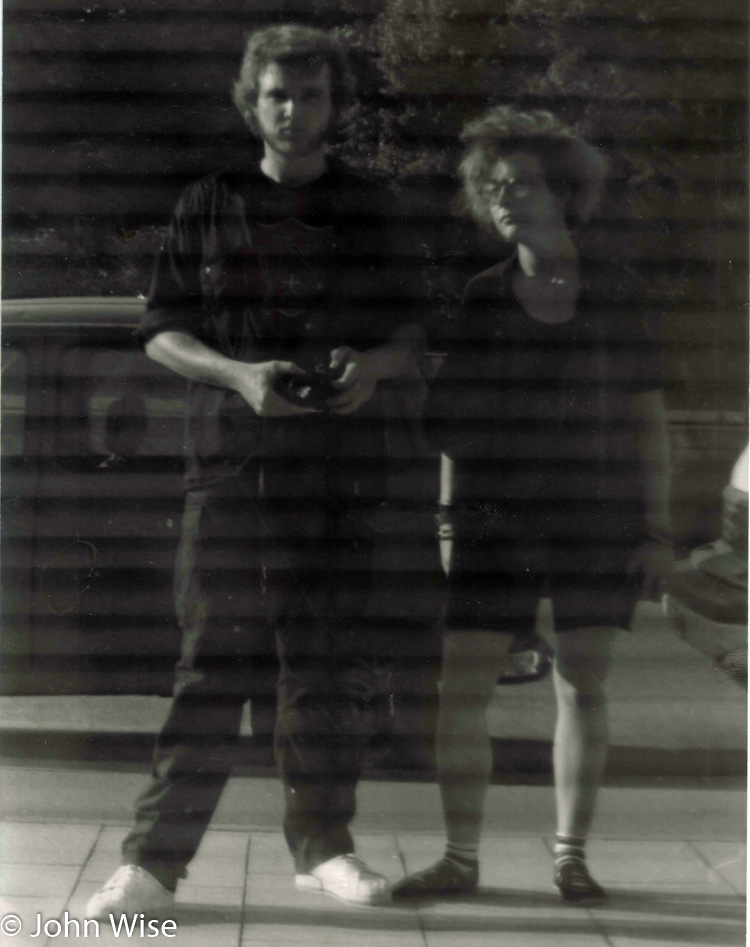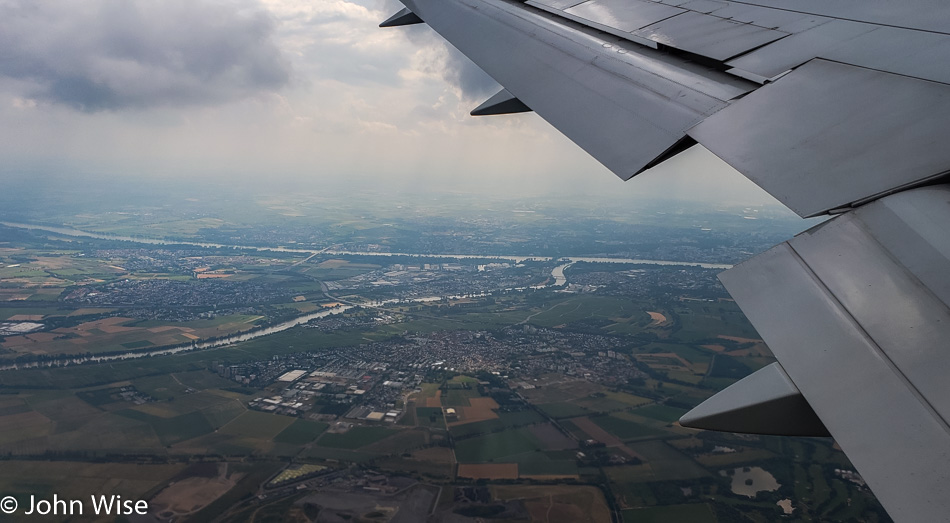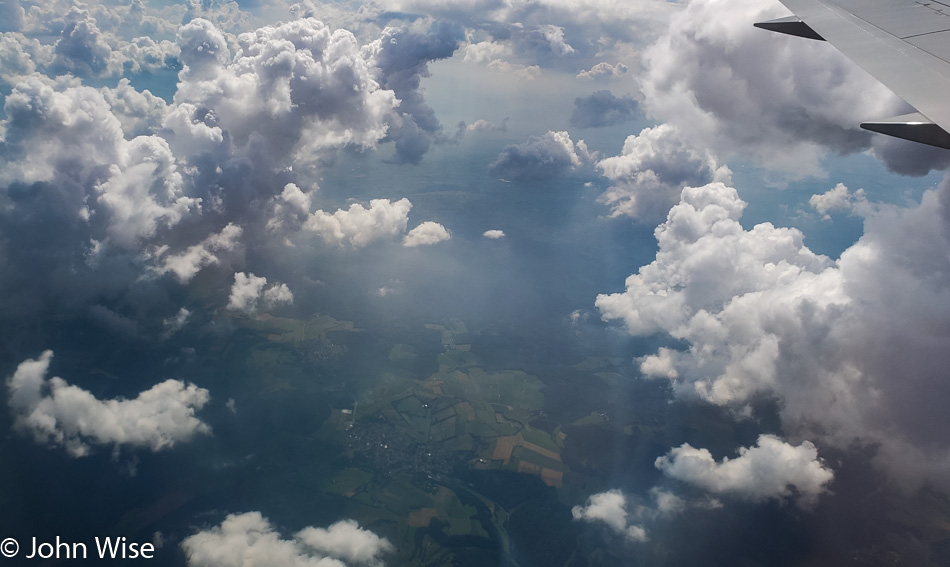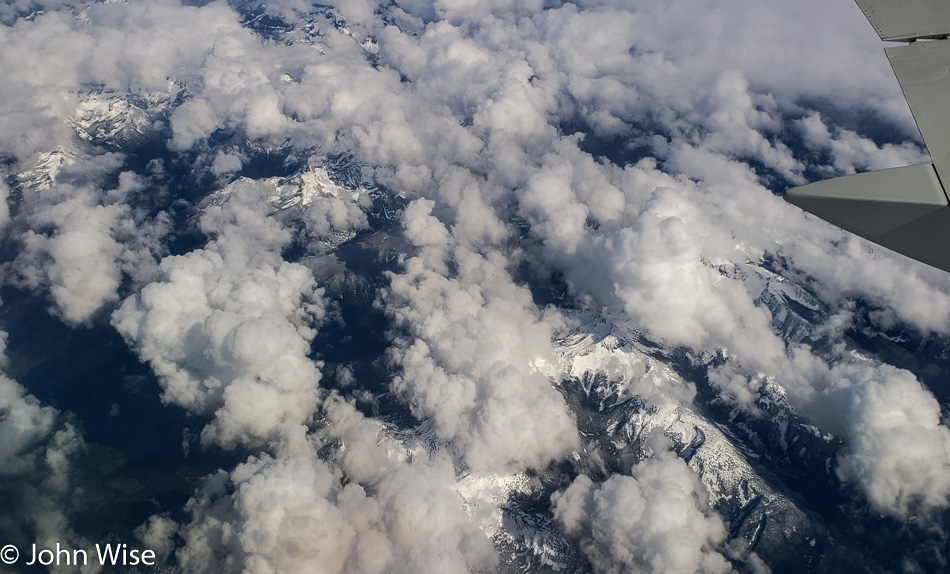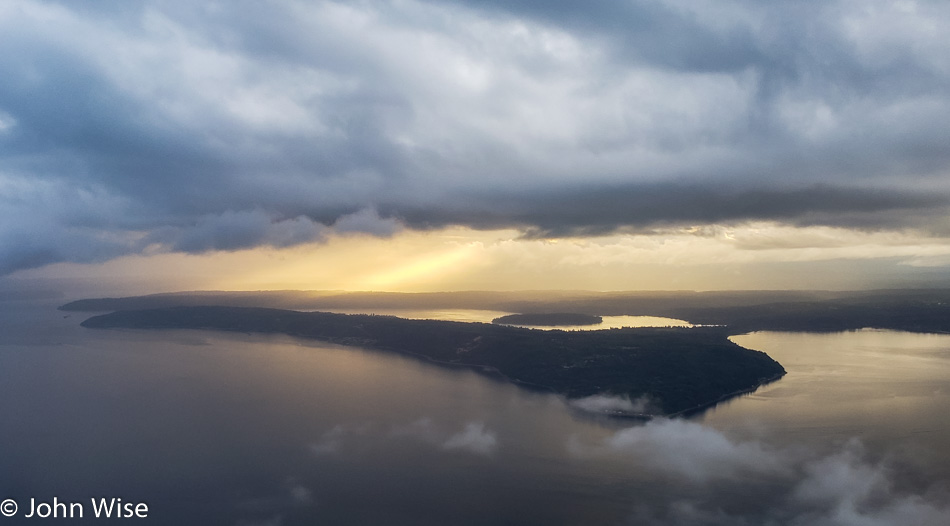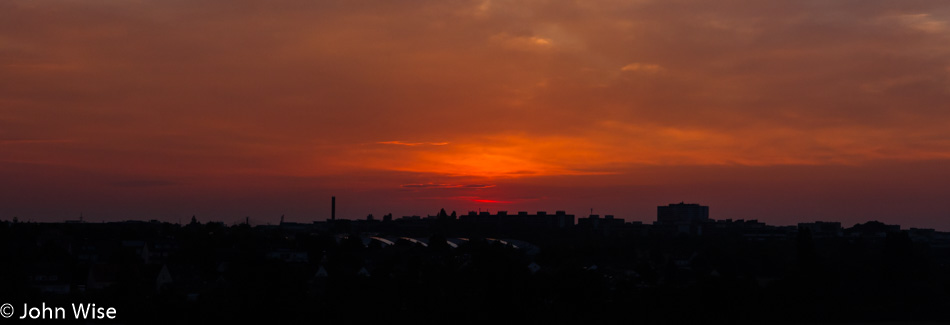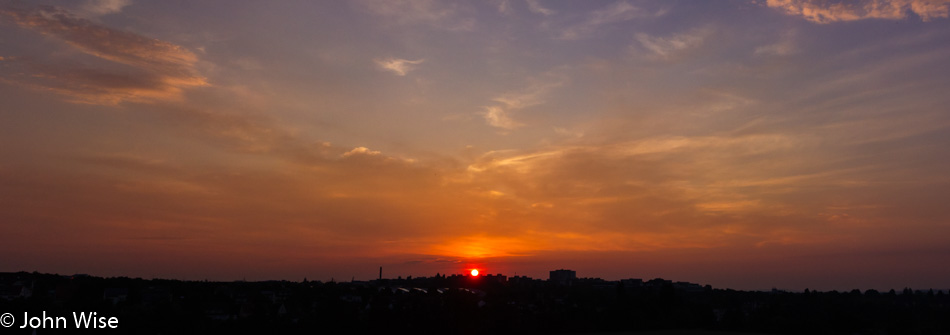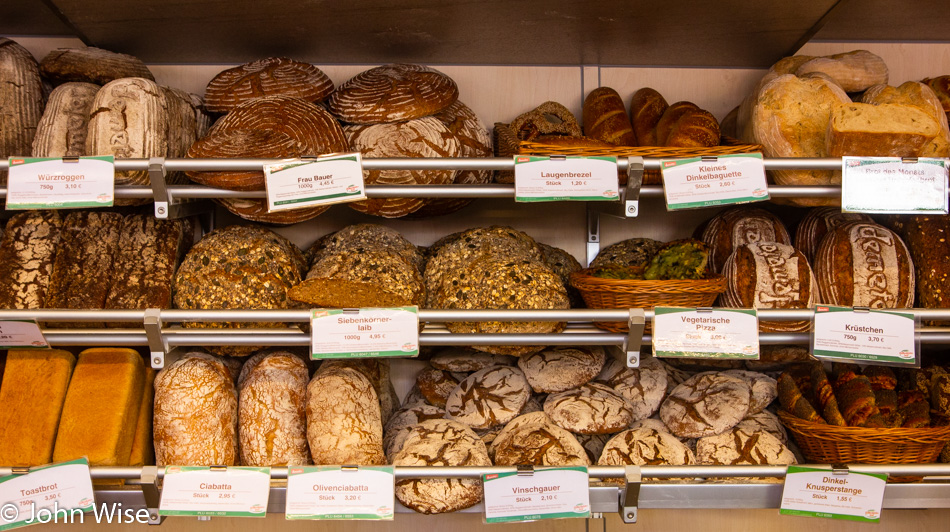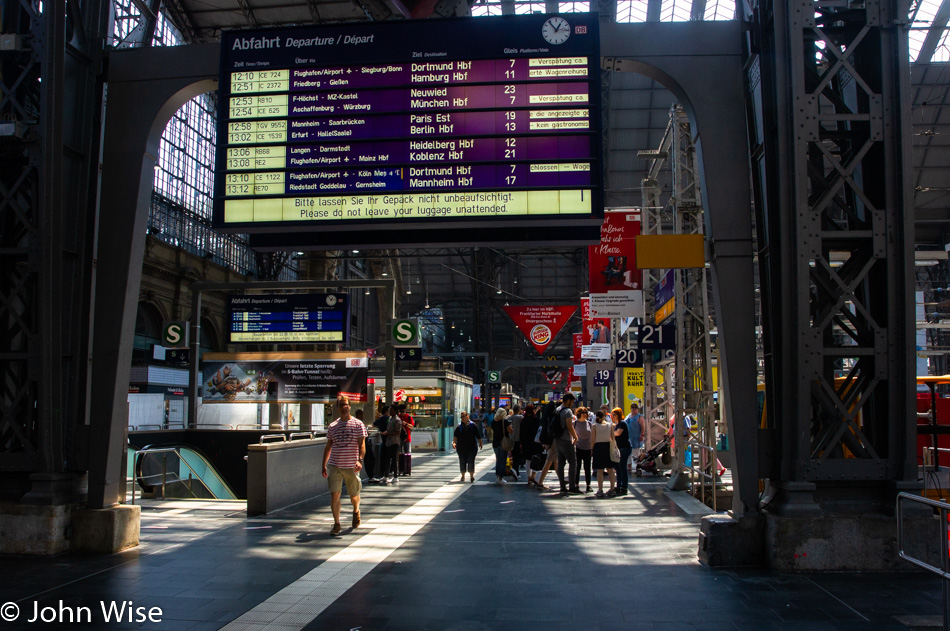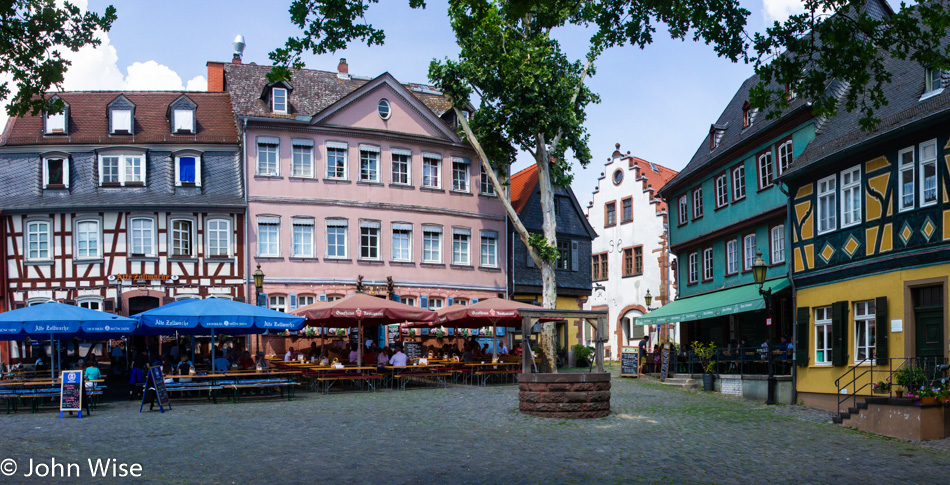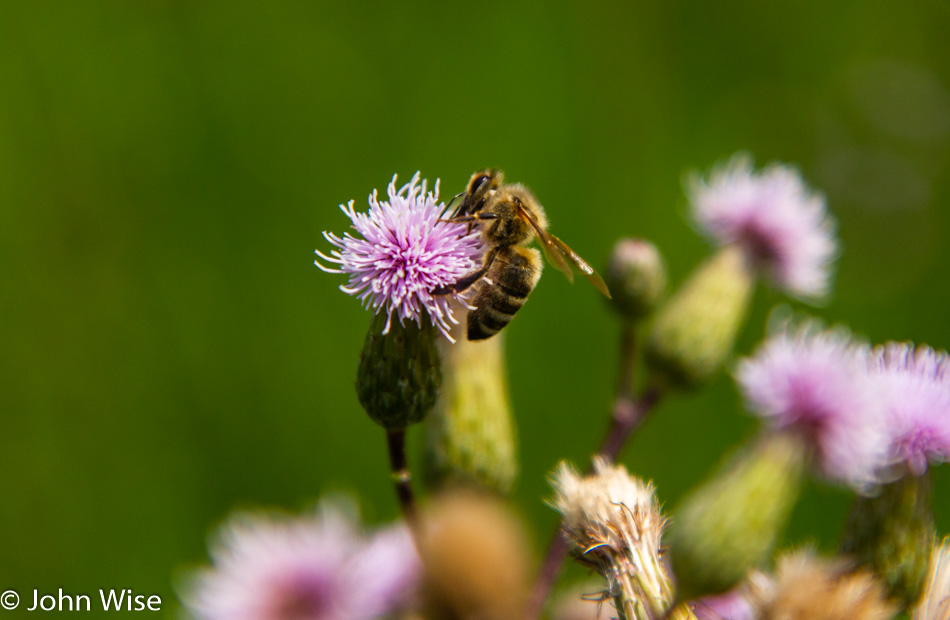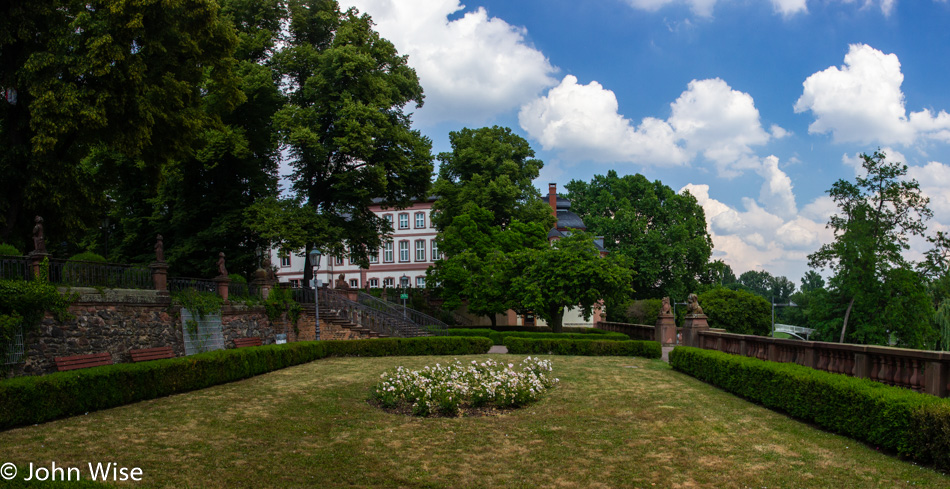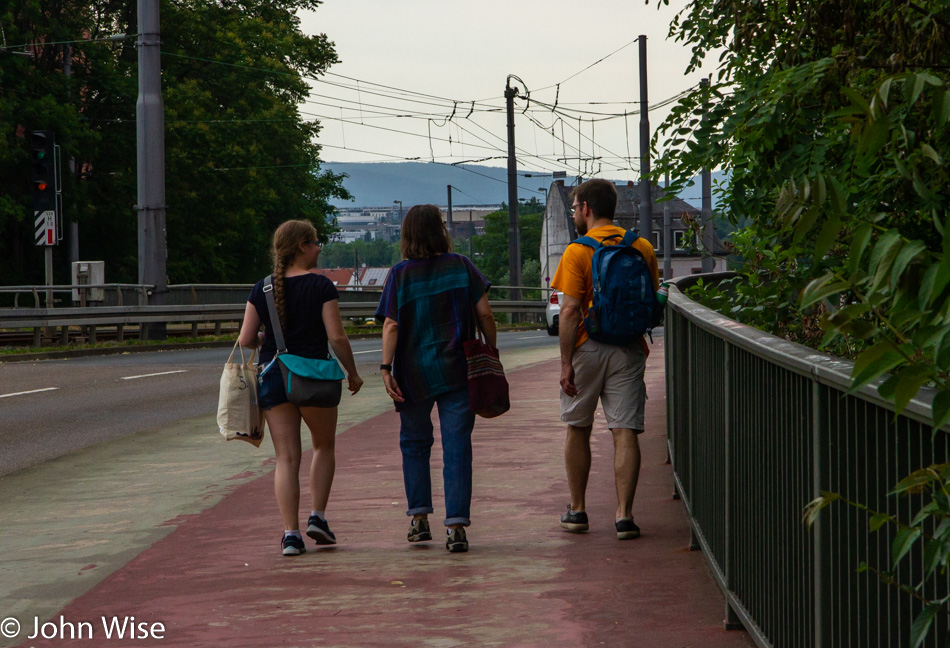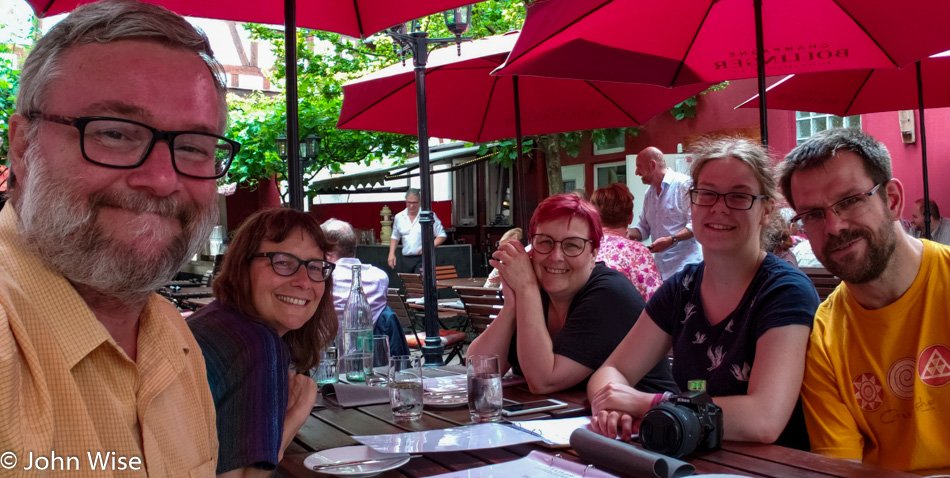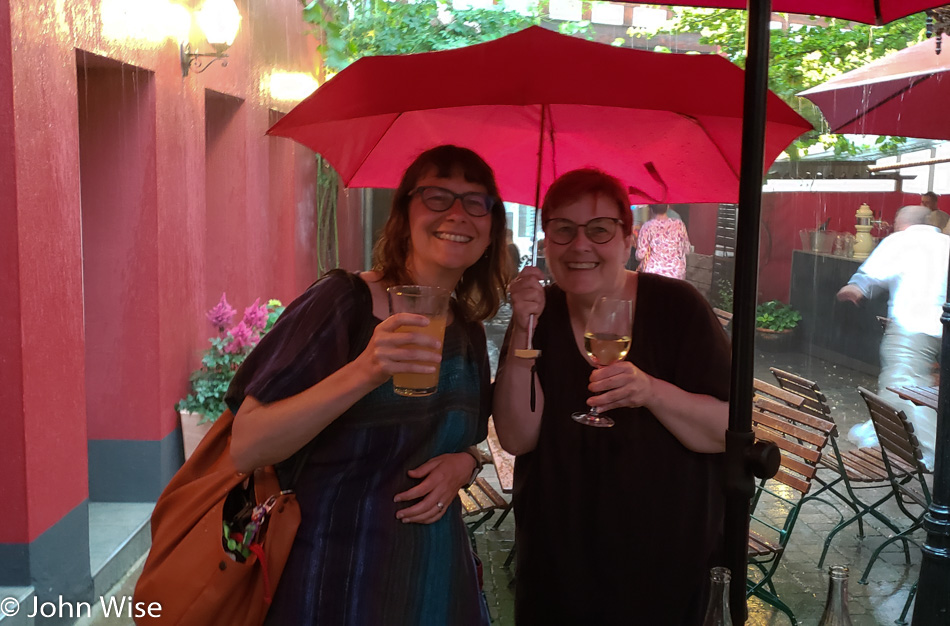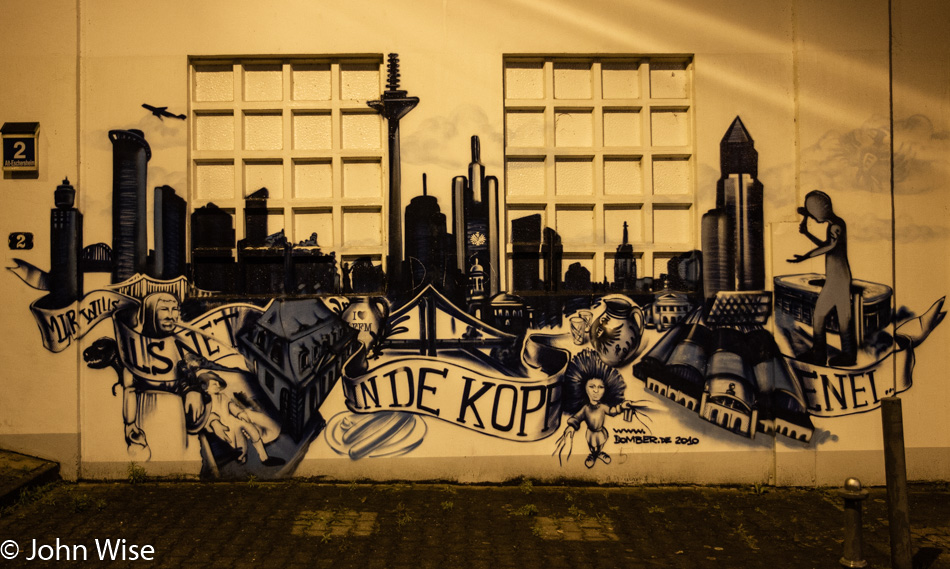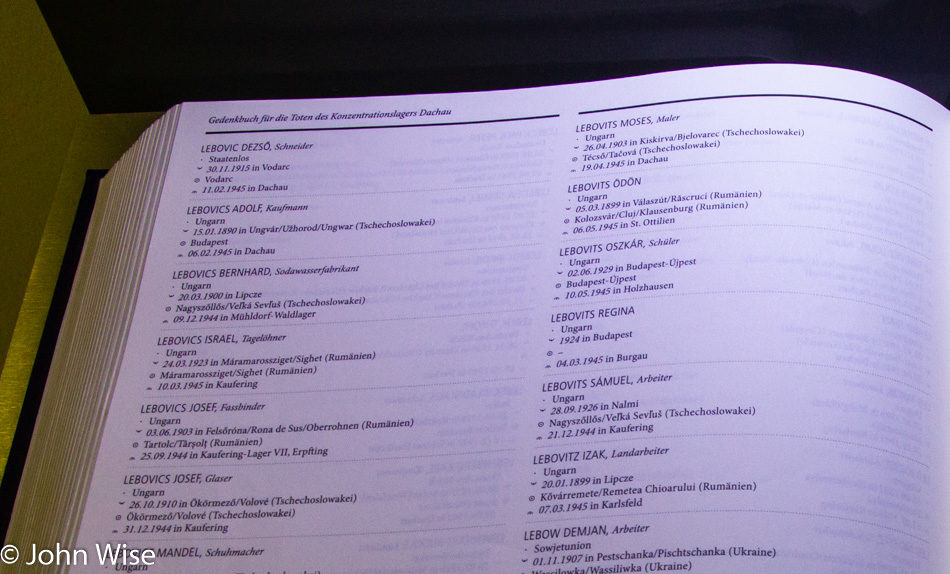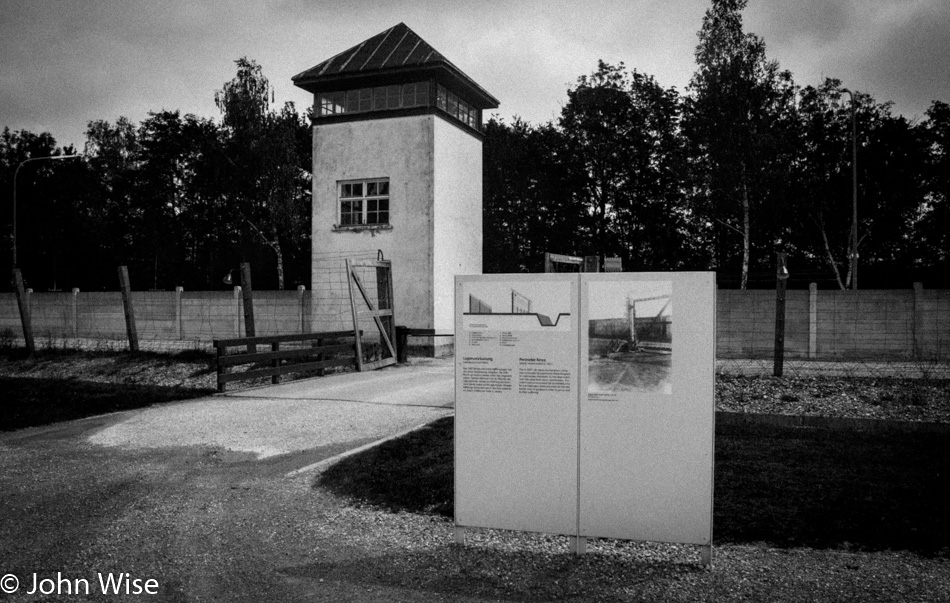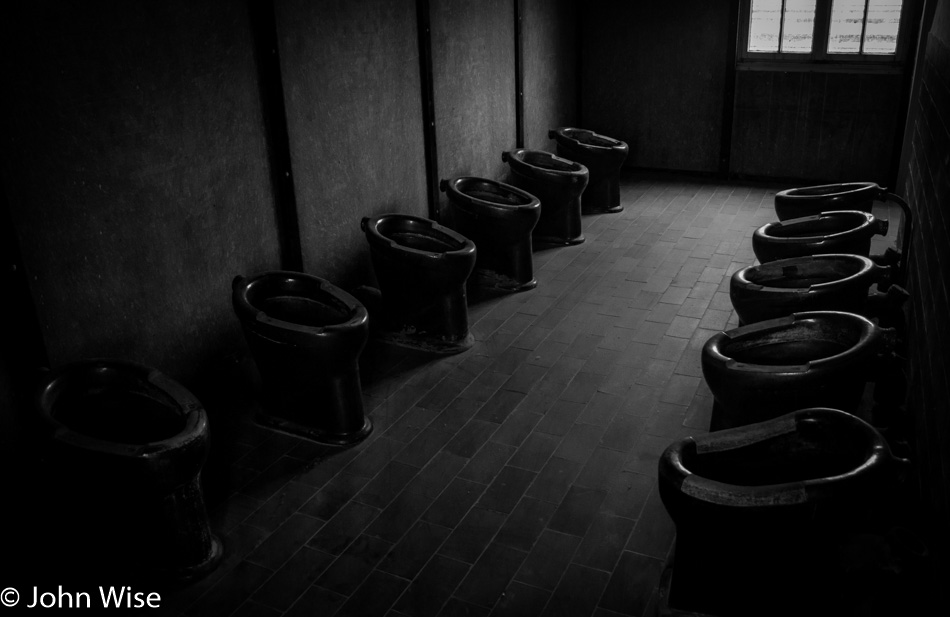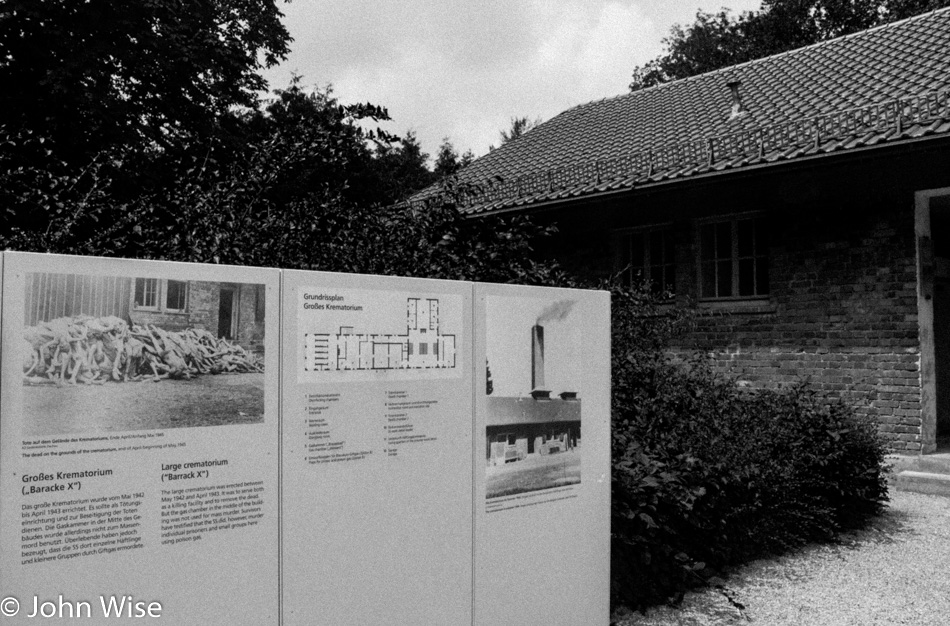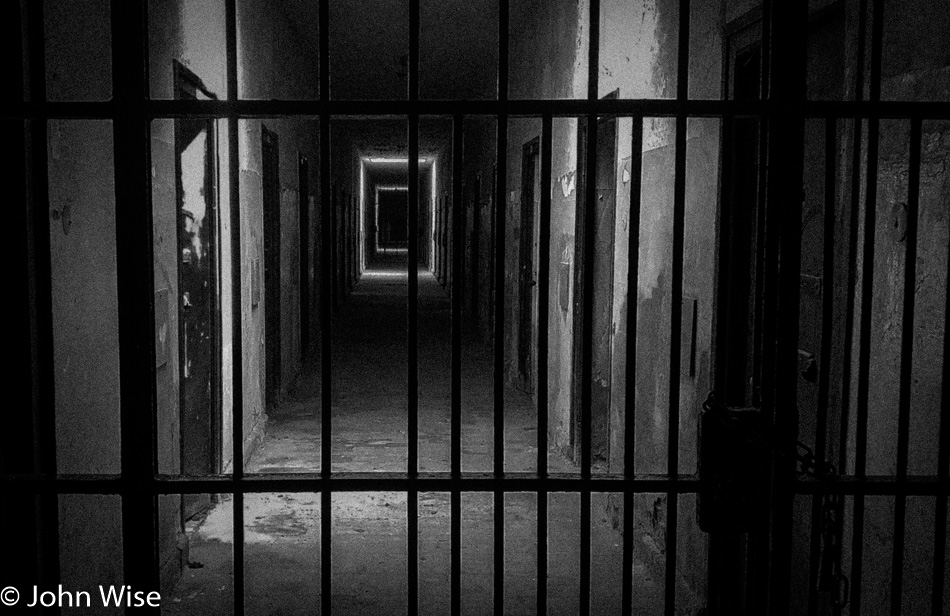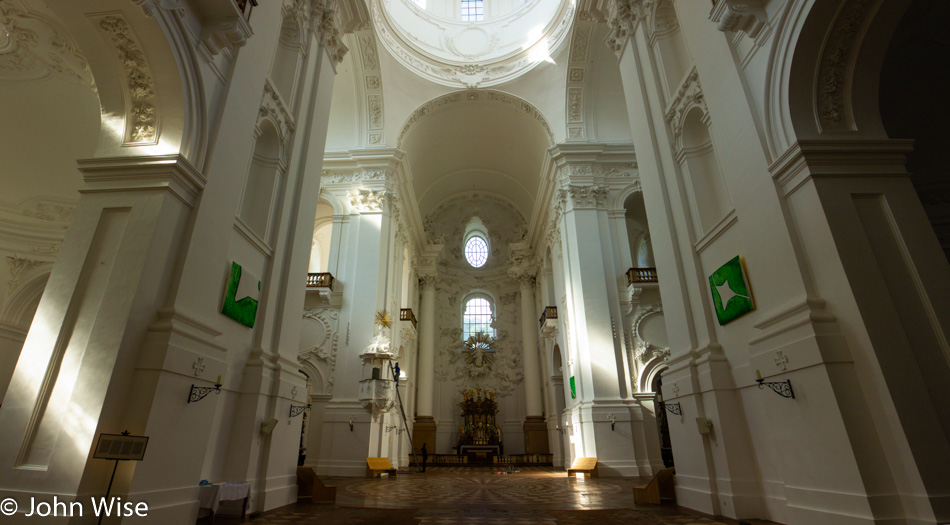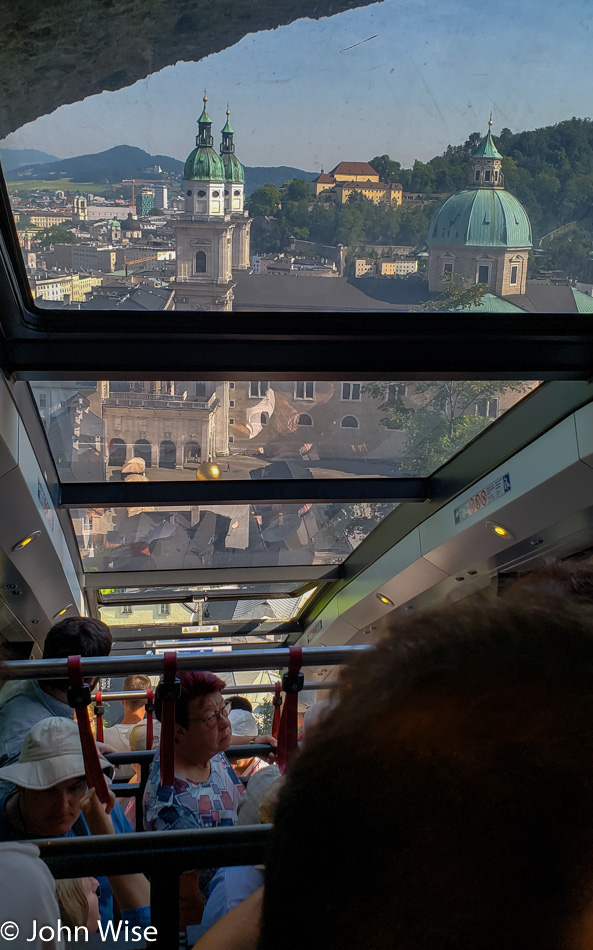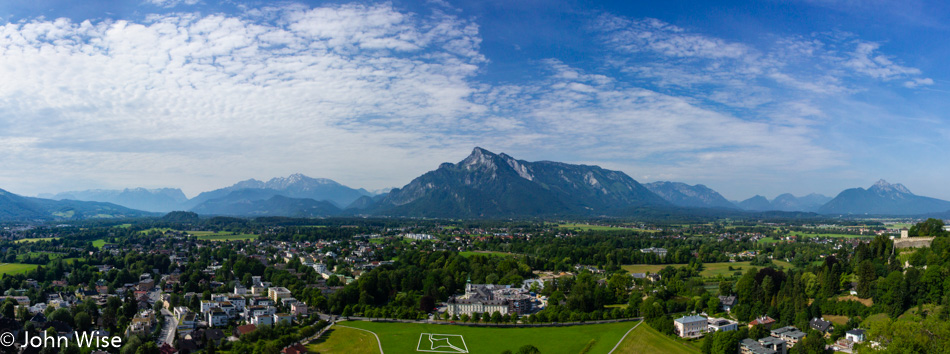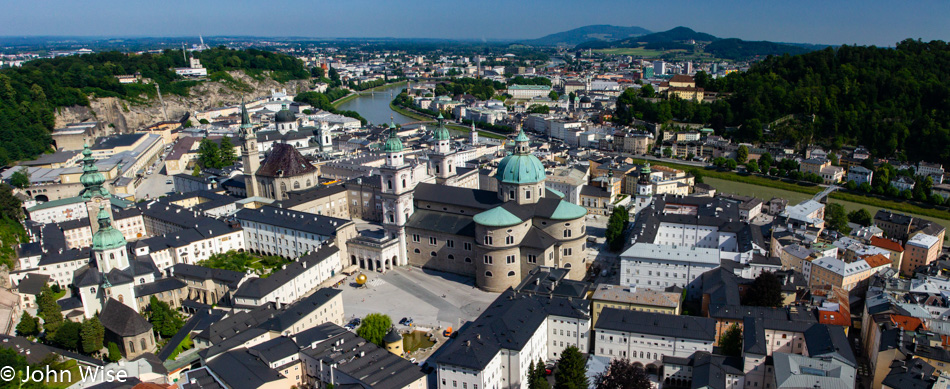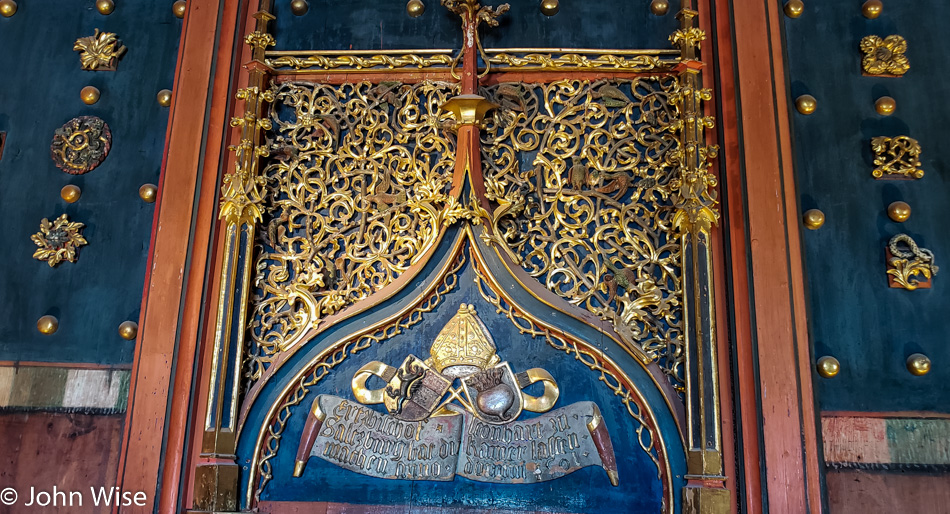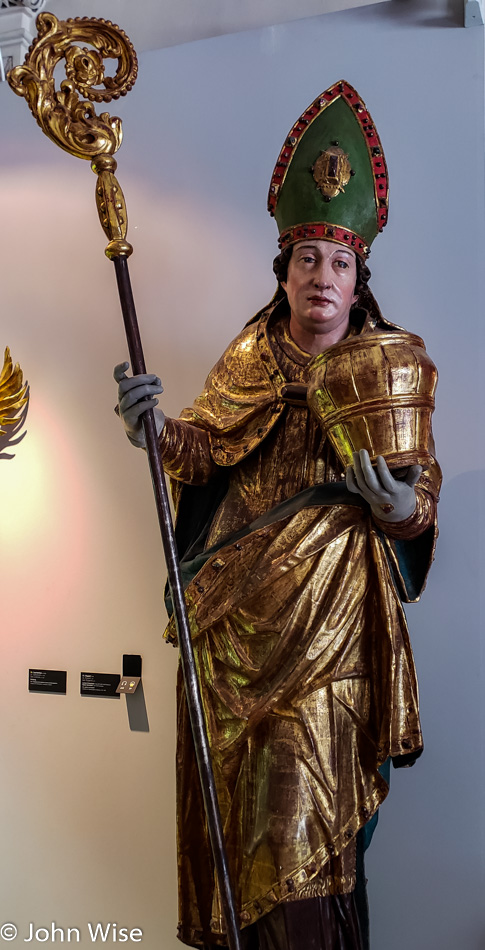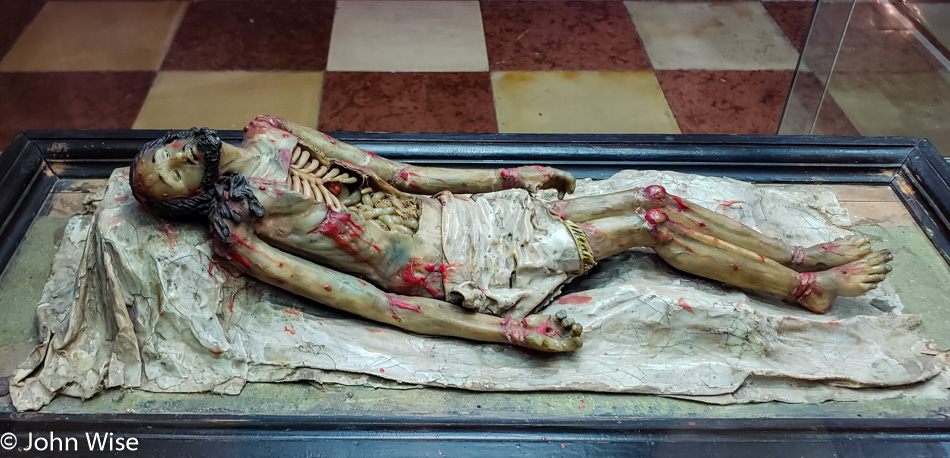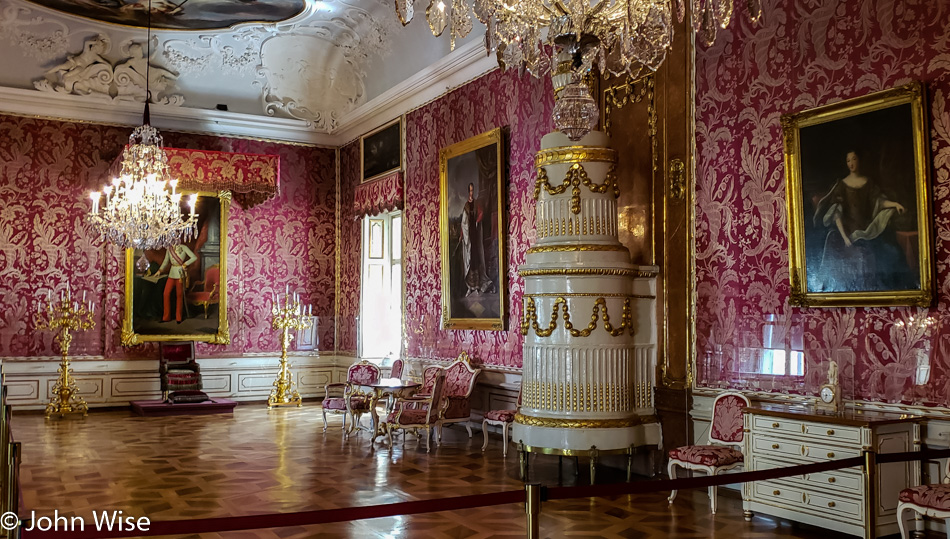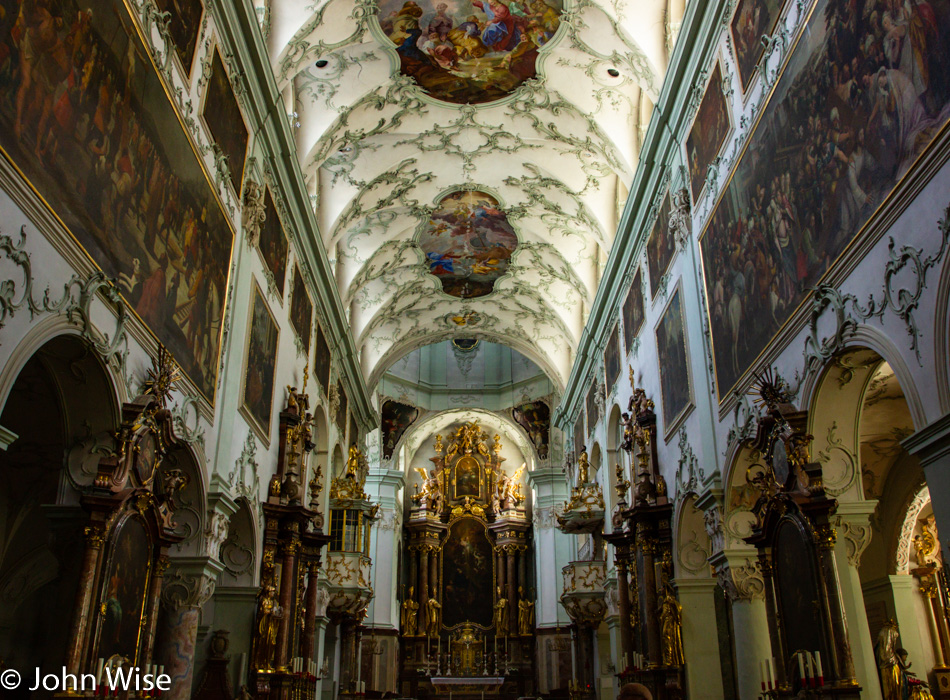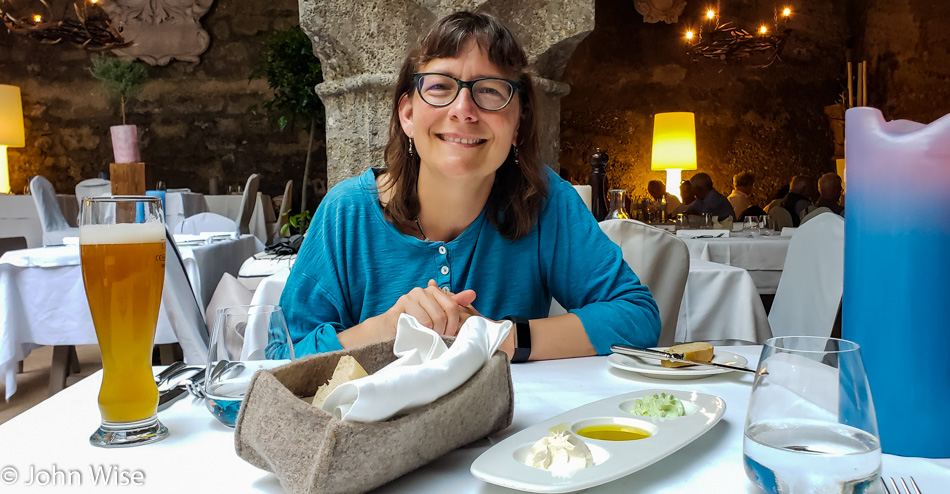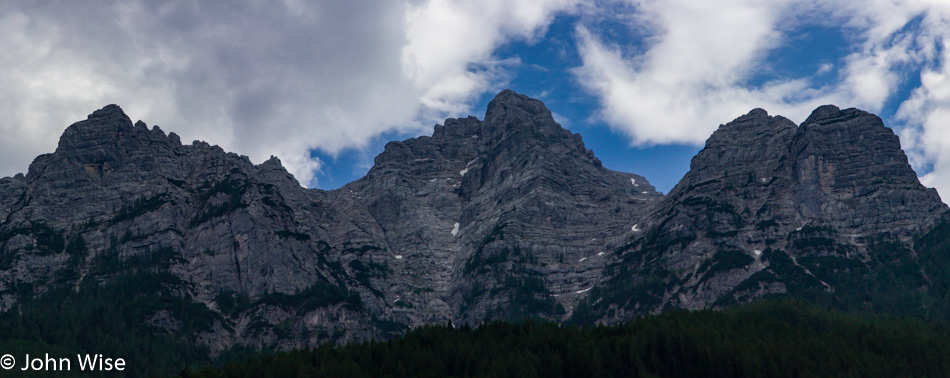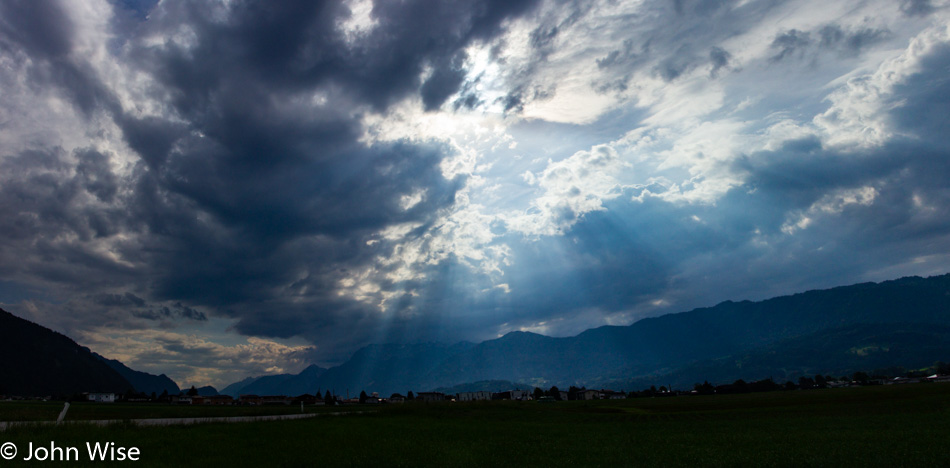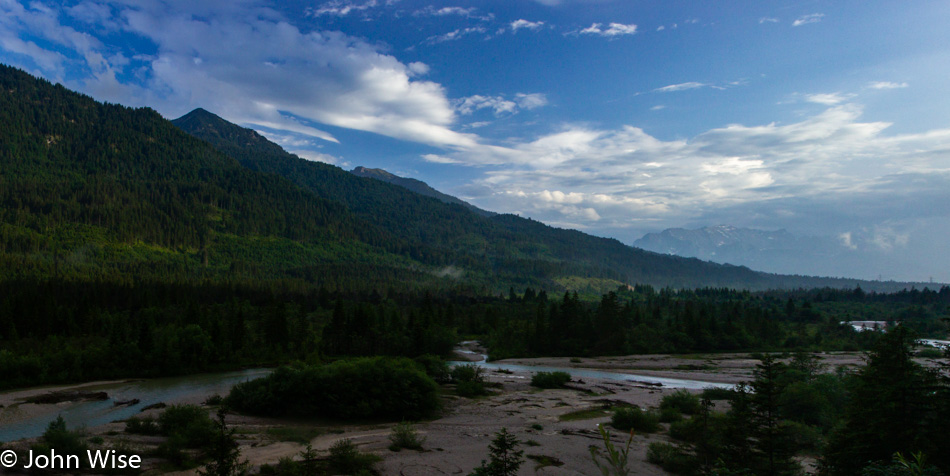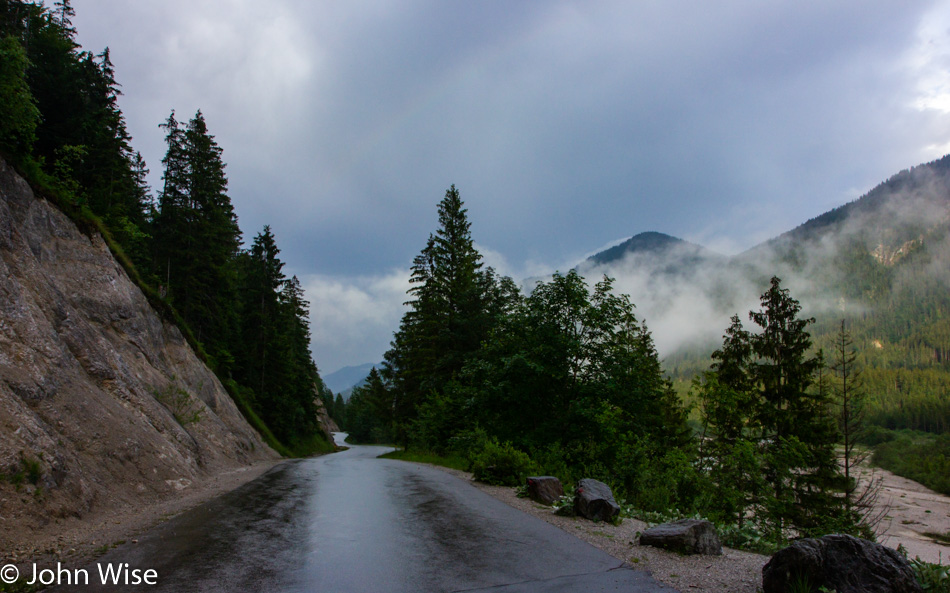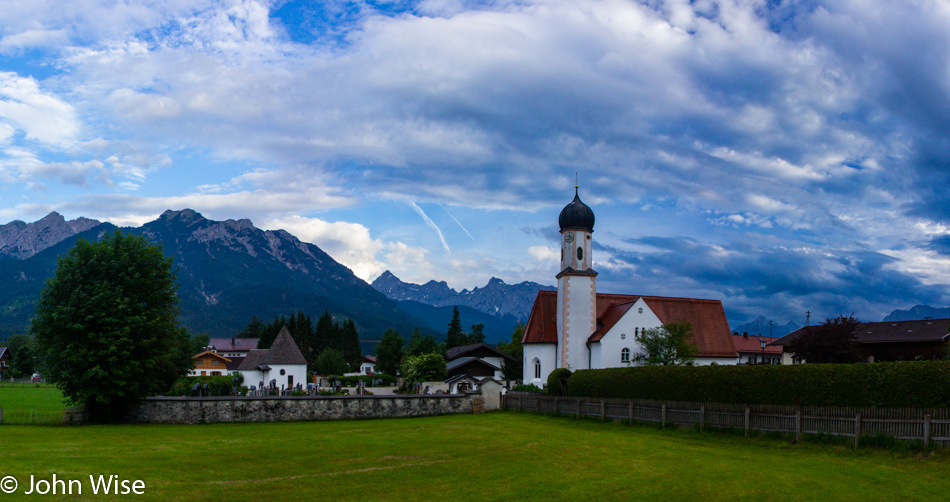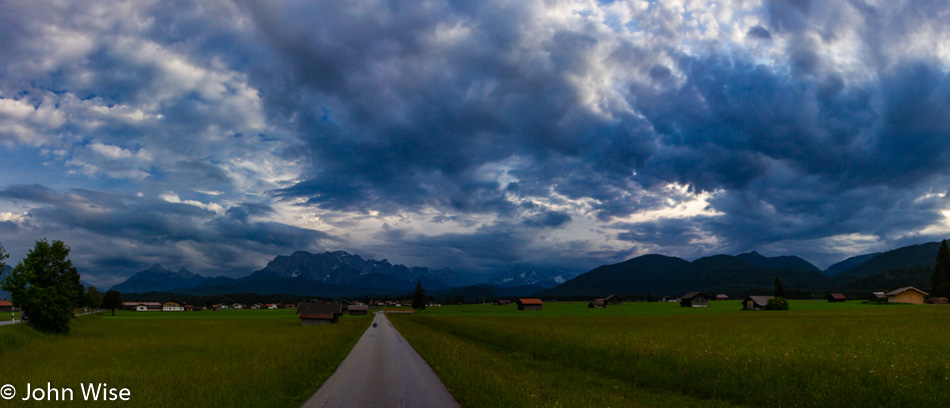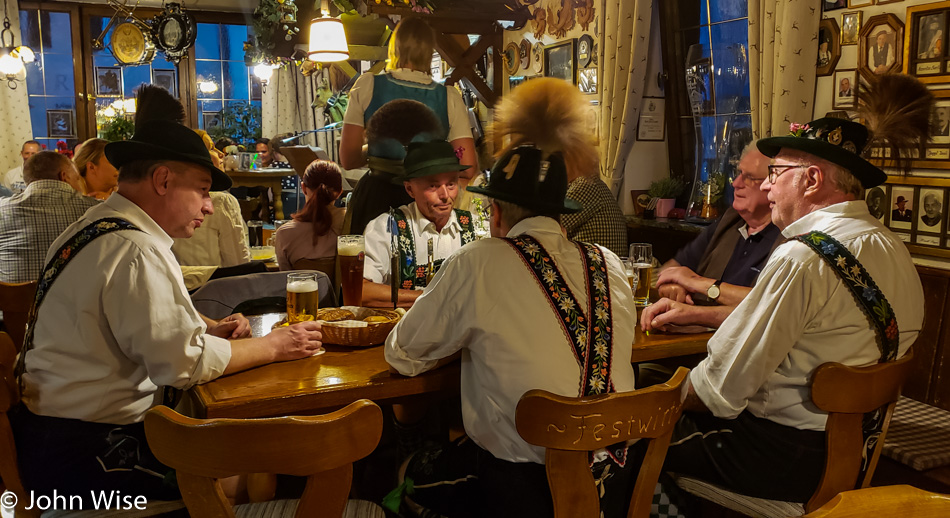
Time to return our rental car this morning. The photo I’m sharing here is of three of the four vignettes we were required to purchase as we drove across a small corner of Europe. The top orange sticker is from Switzerland, below that is Slovenia, and at the bottom is the vignette from Austria. Hungary used an electronic version. Vignettes are a taxing system to gain permission to drive the roads of a specific country. The Swiss one was our most expensive at 40 Euros (about $48), and while it was good for a year, we only used it for half a dozen hours as we drove from Colmar, France, to Como, Italy.
My thoughts on the vignettes are that they are a good idea. Do I love the cost? Not really, but I understand the idea behind them. I’m already spending at least $25 a day for a rental car, plus about $8 a gallon for gas. I filled up in France and didn’t need gas again until we were halfway across Italy. Without the vignettes, I would have crossed through Switzerland using their roads for absolutely free. I used a winding mountain pass over the Alps and tunnels and pulled over on gravel shoulders a number of times, thus adding to the wear and tear that a Swiss citizen will have to repair and be compensated for. While it could be argued that this cost was exorbitant, I cannot agree; we ended up spending about $8 an hour to pass through the Alps or about what we’d pay to watch a blockbuster movie per hour. Thanks for the privilege, Switzerland, and for being smart about this. The truth is that we are already spending $200 – $300 a day just to be in Europe, so this is of little consequence in the scheme of things.

Frankfurt is in a massive building expansion with cranes dotting the landscape, just as we saw five years earlier during that visit. The area where these high-rise apartments are going up was an industrial area full of train tracks. Caroline had a job with a company there when I met her. Today, there is a luxury mall where we returned the rental car in their parking garage maze, a bunch of hotels, and blocks of new apartments that honestly are seriously visually unappealing.

Rather than catch a subway right away, we decided to walk to the Hauptbahnhof (main train station) to see what was in this neighborhood besides construction. The area is culturally diverse, and it shows up in the restaurant offerings from half a dozen countries, many from outside the European Union. While things are not gentrified yet, it seems that the writing is on the wall where improvements to one area spill into the adjoining area, and soon rents are going up, and some of the diversity is pushed further out along with some of the charm.

Reaching the Hauptbahnhof, we needed to get underground a couple of floors to wait for the U5 subway/tram that travels in the direction of Preungesheim. Our stop is the fifth one, where we exit at Glauburgstraße, our old neighborhood.

We’ll just go ahead and do this backward and start with a sweet. Of course, we had to visit Eis Christina on Eckenheimer Landstraße, our favorite place in the universe for “Spaghetti Ice.” This strange-sounding concoction is actually a dollop of fresh whipped cream in the bottom of the bowl topped with vanilla ice cream pressed through a device that pushes out what looks like spaghetti, which is then covered with strawberry sauce (looks a lot like tomato sauce, huh?) and finally, it’s topped with grated white chocolate for that authentic Parmesan cheese appearance.
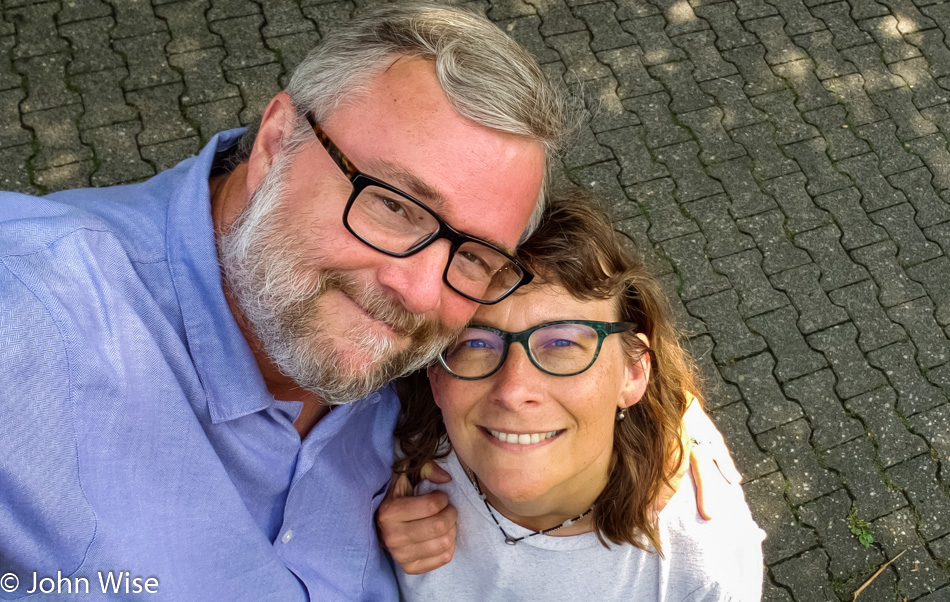
Around the corner are Weberstraße and Neuhofstraße. About three car lengths north of the intersection is the first place Caroline and I ever kissed, and that’s where we are standing for this selfie. It was at 5:00 am on a Sunday morning, the 18th of June, 1989. In a moment, I was smitten with a Frankfurter in Frankfurt. Today, I am still fully taken by this beautifully cute, curious, empathetic woman who helped me refine my enjoyment of life and shared a million incredible experiences that have made our lives far better together.
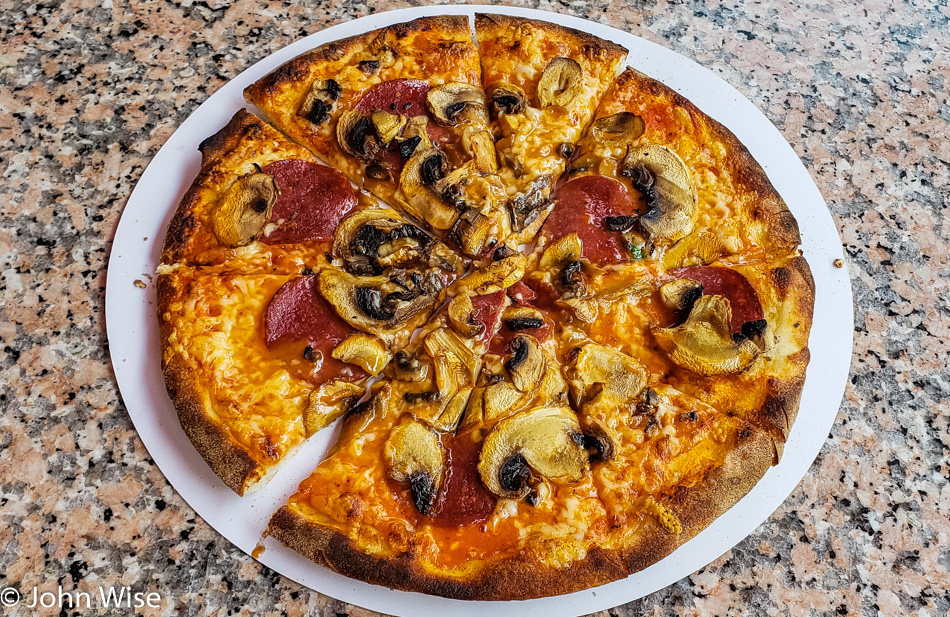
Walking down Nostalgiastraße, the experience wouldn’t be complete without a stop at Olbia Pizzeria. We enjoyed takeout from this tiny neighborhood joint for years, often two or three times a week. Today as we were already half-full from the Spaghetti Ice, we split a pizza.
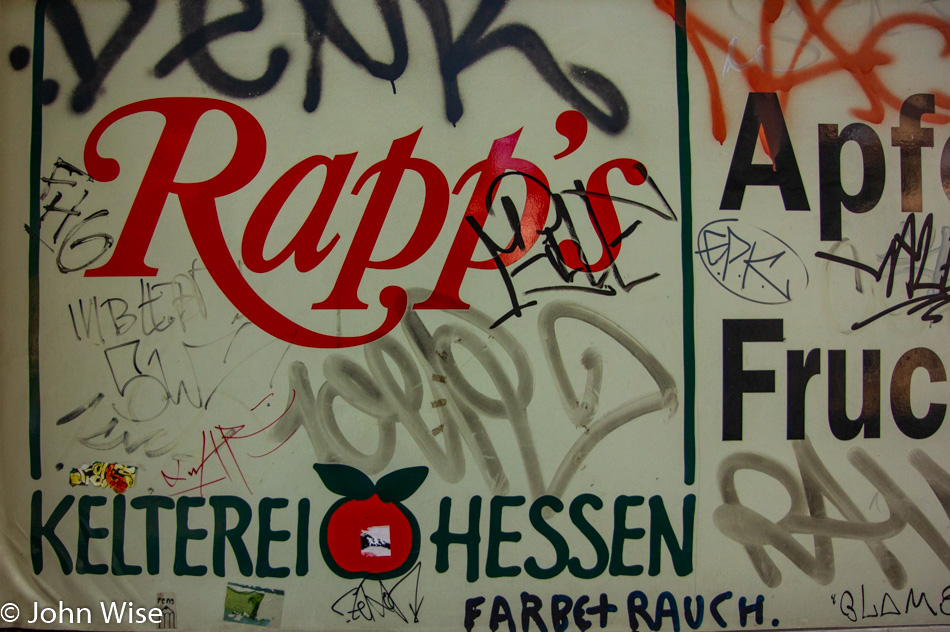
Today is Caroline’s and my day to do what we want in Frankfurt. From lunch in our old neighborhood, we walked towards Saalburgstraße to visit Jutta for one last time during this vacation. The importance of this particular sign is that it is from Rapp’s which is a local juice company from just north of Frankfurt. During the ten years I lived in Germany, I was in love with not only their orange juice but things like blood orange and passion fruit juice too. Looking up the company as I write this, I see that they now feature rhubarb juice; if only we’d known this earlier in our visit.

Caroline’s favorite “graffiti” in Frankfurt that we’ve passed many a time while visiting Jutta (Caroline’s mom).

On the left, as many of my readers already know, is my mother-in-law Jutta Engelhardt. On the right is Rita, who is one of her “caregivers” visitors who help ensure Jutta stays engaged and able to live on her own as long as possible. We heard that Rita has learned much of Caroline and me, along with Jutta’s ten trips to the United States. It was a pleasure meeting this outgoing and happy lady who is fond of sharing her time with people who can benefit from her smiling face.
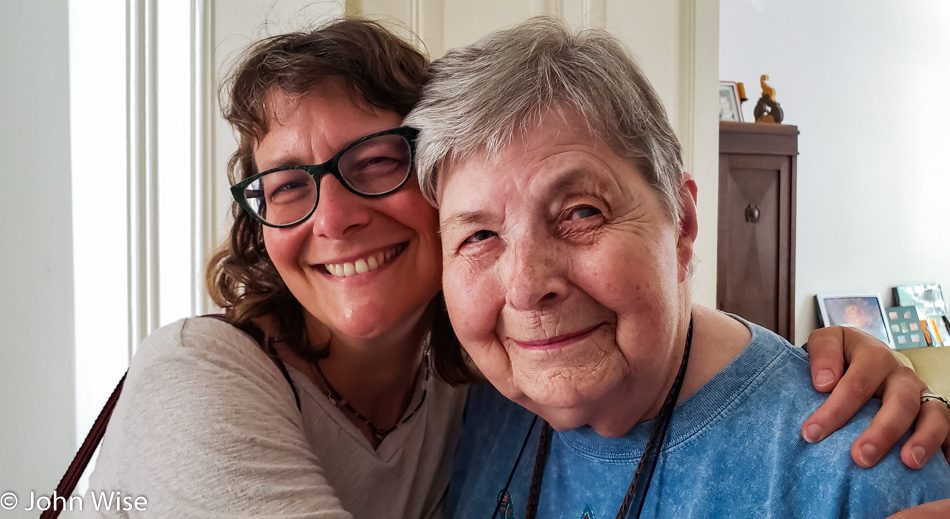
After a couple of hours, it was time to bid adieu to Jutta, give this sweet old lady one more hug for the road and leave her with wishes that we should see her again in a couple of years.
Leaving Jutta is bittersweet and mixed with many emotions. We can never give her enough time on our visits, though we are very well aware that her precious time may be shorter than our own. This impulse to shove another lifetime of great memories into a brief moment while on vacation is futile, and yet we suffer from the guilt of having to walk away. Maybe because we are so far away and not able to visit spontaneously it makes our togetherness all the more important and meaningful.

From Jutta’s, we walk over to the Bergerstraße, grabbing a coffee along the way before boarding the U4 subway at Bornheim Mitte in the direction of Konstablerwache. Here and in more than a few of the subway tunnels, I’m amazed at the great selection of bread, fruits, vegetables, and other goods that are so conveniently available.

We could stay on the train and arrive quicker at our destination, but we are trying to milk every moment we can in taking in Frankfurt from all angles. This is Zeil, that runs from Konstablerwache just past Hauptwache, which is out in front of us somewhere.
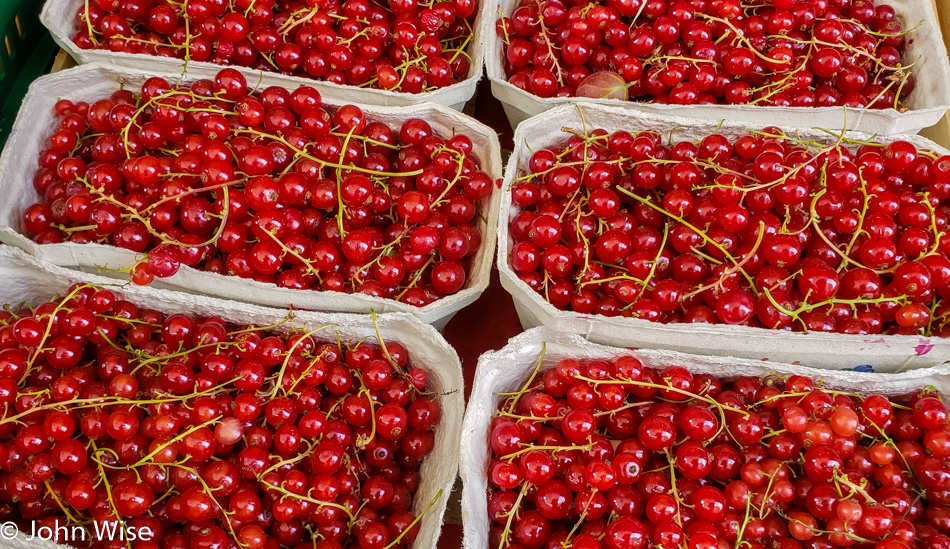
Along the way down Zeil was a temporary fruit stand with a lady selling various berries. The ones I’m most interested in are these red currants. While we’ve indulged in our fair share of Sachertorte, apple strudel with vanilla sauce, vanilla ice cream with hot raspberries, and even a visit for some spaghetti ice, we’ve also made sure to eat anything and everything that comes paired with red currants. Maybe because of the tart flavor, red currants are not popular in the United States, or we don’t know where to look.

Walked over by what used to be one of my favorite English bookstores in Frankfurt; it’s now a Five Guys Burger joint. Around the corner from there, we saw that Cookies Nightclub is still in business. Back in the day, I saw Nitzer Ebb, Happy Mondays, and Steve Albini, among others, perform here. On one occasion while out on tour with Psychic TV, I ran into Caroline at around 3:00 in the morning here and met Angela for the first time. This was two months before Caroline and I would fall in love.
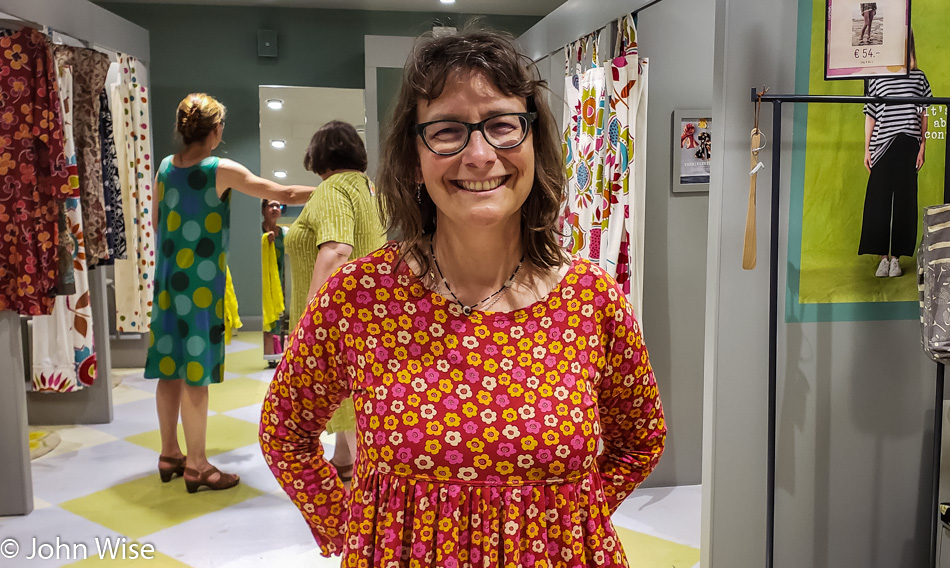
We are doing something very out of the ordinary today. Caroline is trying on new clothes with full consideration of potentially buying stuff. Caroline rarely shops for new clothes, opting instead to wear things for years or when need be shopping at discount and second-hand stores. Shopping at a fashionable brand boutique like Gudrun Sjödén, where we are, is exceptional. While this wasn’t one of the pieces she ultimately left with, I have to admit that I was pleasantly surprised that we had bagged up at least half a dozen things that got pushed into the buy column and out of the uncertainty of I’ll-think-about-it column that is the norm.
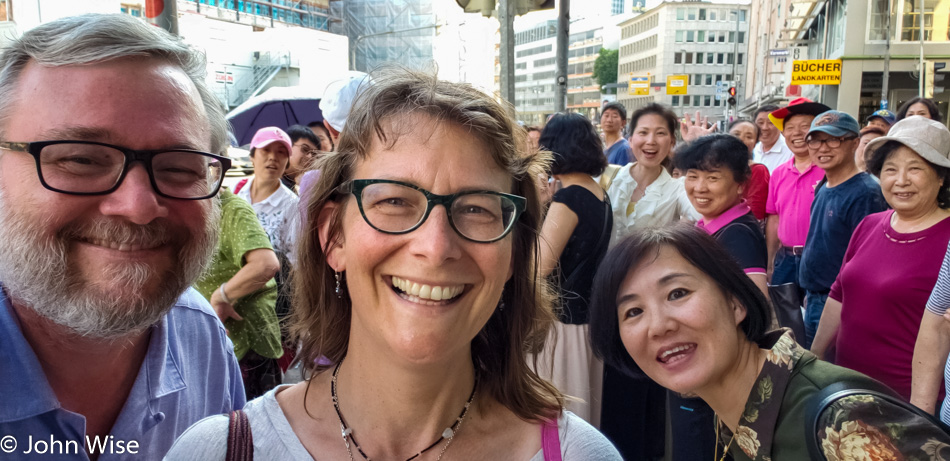
After having Chinese tourists use us as props, it was our turn to use them in the same way. Their enthusiasm is infectious, and I only wish they could break out of their group clustering more often and engage with others.

If you know Frankfurt, you know that we are crossing the Main River, and if we were just shopping near Hauptwache, then we must be heading towards Sachsenhausen. Believe it or not, we had quite the torrential downpour while we were in Gudrun Sjödén, but by the time Caroline had tried on more than 40 different items, that storm had come and gone. Good thing, too, as we do not have umbrellas with us.
Note: we brought our rain jackets from the States with us, and while they were great on the Colorado River in late fall, on the Alsek River in the Yukon in early summer, or on the Oregon Coast on cold rainy days, they were a horrible idea to bring to Europe on hot and humid days where we would have felt more like tightly wrapped sausages on a steaming table than would have been comfortable. We must bring umbrellas on our next visit.

Looking back at the way we came, you can see a fraction of the many locks attached to Eiserner Steg. The “Iron Bridge” was built for foot traffic back in 1911/12 and today is as important to the skyline of Frankfurt as any of the churches or high rises.

On our way down the world’s narrowest sidewalk to find the place we hope to have dinner at. Just kidding about the width of the sidewalk; we’ve been on narrower.

Dinner in Frankfurt is nothing without a glass of apfelwein (apple wine), known as “Ebbelwoi” in the Frankfurt dialect, unless you are like me and don’t drink alcohol, and then a bottle of sparkling water will do. We were lucky to show up at the right moment and get a spot at a table as within minutes of our arrival, the place was packed.
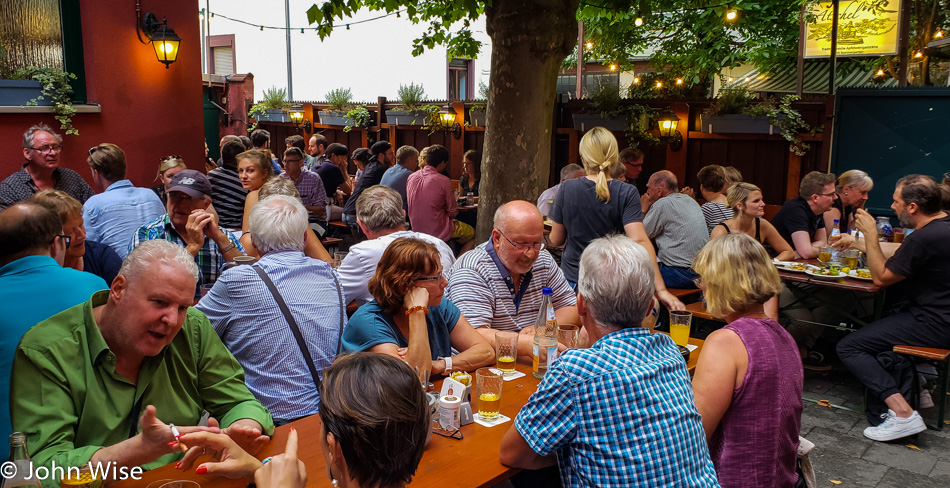
As I said, every spot is taken. Even under the tables, there are some well-behaved dogs down there.

Green sauce is one of the signature dishes of Frankfurt and you can bet that we started by sharing a Handkäs mit Musik before the main course. The tastes of Germany never get old, and I’ll miss these dishes when we go home. Tonight’s last meal of the day was at Fichtekränzi established in 1849. The word fichtekränzi is the wreath of plaited spruce branches that signaled apple wine is served here.
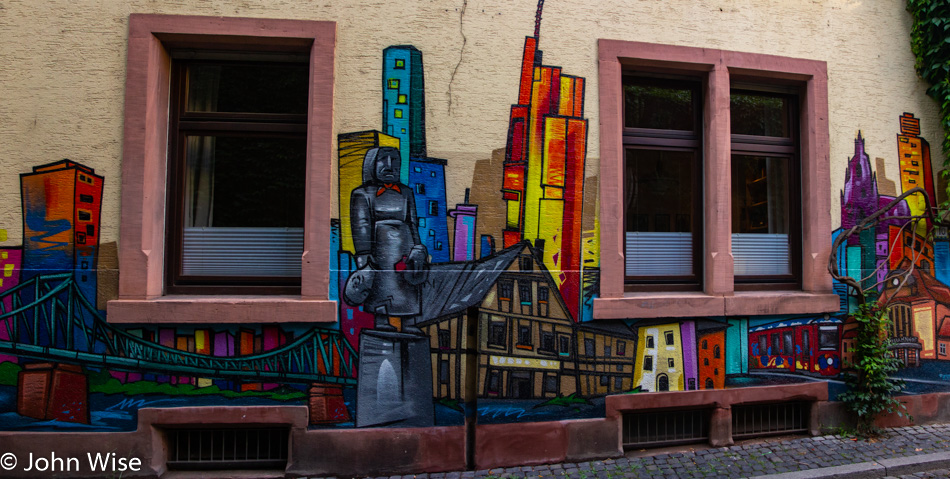
Beautiful graffiti rendition of Frankfurt!

I suppose it’s not just the Frankfurt skyline that I’m in love with, but maybe it’s also the idea of all that I understand that surrounds this city historically, culturally, and intellectually. While it is not the seat of political power, Frankfurt is the seat of economic power and is in a role I don’t think it’s aware of; I believe it also plays a large role in the image of who a German is. Thirty-three years ago, when I first stepped foot in the city, it was cold and efficient. Back then, it had just barely recovered from the devastation of World War II that had concluded 40 years prior. As Caroline was growing up, she still saw the scars on Frankfurt, where the war had ruined places that were not quite finished being rebuilt. Now, more than 70 years after the war, the Frankfurters are a different people. They are not so cold and grim. There is color and laughter. The place is more casual, and service is often offered with a smile. Being in this city today, while comparing it to what it was in 1985, we are still in a melting pot of cultures, except now it doesn’t feel polarized and bitter.
While this trip didn’t take us to a dozen German cities like our visit five years ago, there is a different vibe in Frankfurt than the more stodgy, stuck-in-the-past Karlsruhe that was one of the other German cities we visited on this trip. This city shook the music world and brought a new generation to the dance floor with an impact that had implications on a global scale. Tonight in Frankfurt am Main, the city will celebrate Night of Science at the University Campus on Riedberg from 10:00 p.m. until early Saturday morning, with people from across the region attending talks and sessions about various disciplines across the sciences. The train system will be running over the wee hours to accommodate those who want to participate with the benefit of public transportation.
Frankfurt is the birthplace of Goethe, Henri Nestlé, Anne Frank, Theodor Adorno, and even American entrepreneur Peter Thiel. The city also can brag about famous residents over the years and centuries who called this home, such as Charlemagne, Arthur Schopenhauer, Max Beckmann, Max Horkheimer, Oskar Schindler, and Jürgen Habermas. Frankfurt has a long history of cultural and intellectual importance from the time of the Holy Roman Empire up to pissing off Otto von Bismarck regarding Frankfurt’s “Democratic spirit and freedom of the press” and more recently with The Frankfurt School of Critical Theory making large impacts on Western thinking.
A smarter plan feels needed, one that would better organize human potential than the laissez-faire methods that have gained so much popularity. A new outlook on education, culture, business, and finance is in order, and I, for one, vote for Frankfurt to lead such an effort. Frankfurt should take inspiration from its diversity, curiosity, and long intellectual history and put it to some good.
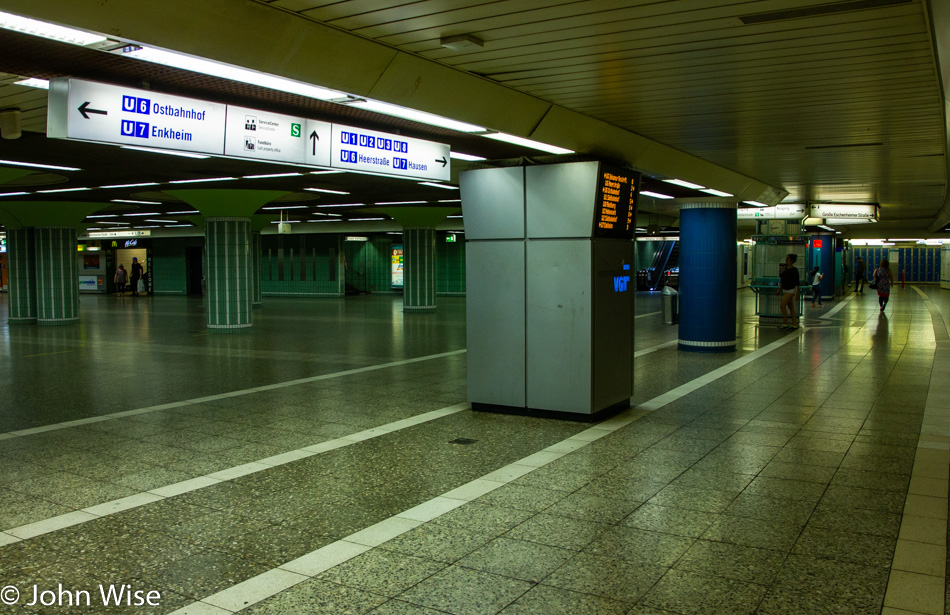
Katharina had asked during the day if we’d be interested in waking up at 4:30 in the morning for a sunrise photography mission on a nearby overlook. Of course, we said yes. In order to try and get some sleep, we are leaving the inner city and heading back to Heddernheim.

Waiting for one of the subways that will take us to the Zeilweg stop, we check out the posters that tease us about some of the events going on in the region over the next month or so. Events include literary, opera, stage plays, festivals, concerts, history exhibits, art shows, and everything in between.

Our day of indulgently exploring Frankfurt together is nearly over. This is the view from the Zeilweg tram stop, where just ahead is the little turn-off between the bushes that leads us to the Engelhardt’s home. The sound of the trains pulling in and braking and then accelerating as they pull away will remain with us until we fall asleep. It is a welcome sound reminding us at midnight, when we finally head upstairs to get some sleep, that the people of Frankfurt are going home while others are going out as Germany moves forward on trying to be a positive catalyst for societal change instead of blundering ahead as a bulwark of blind adherents of conformity.
